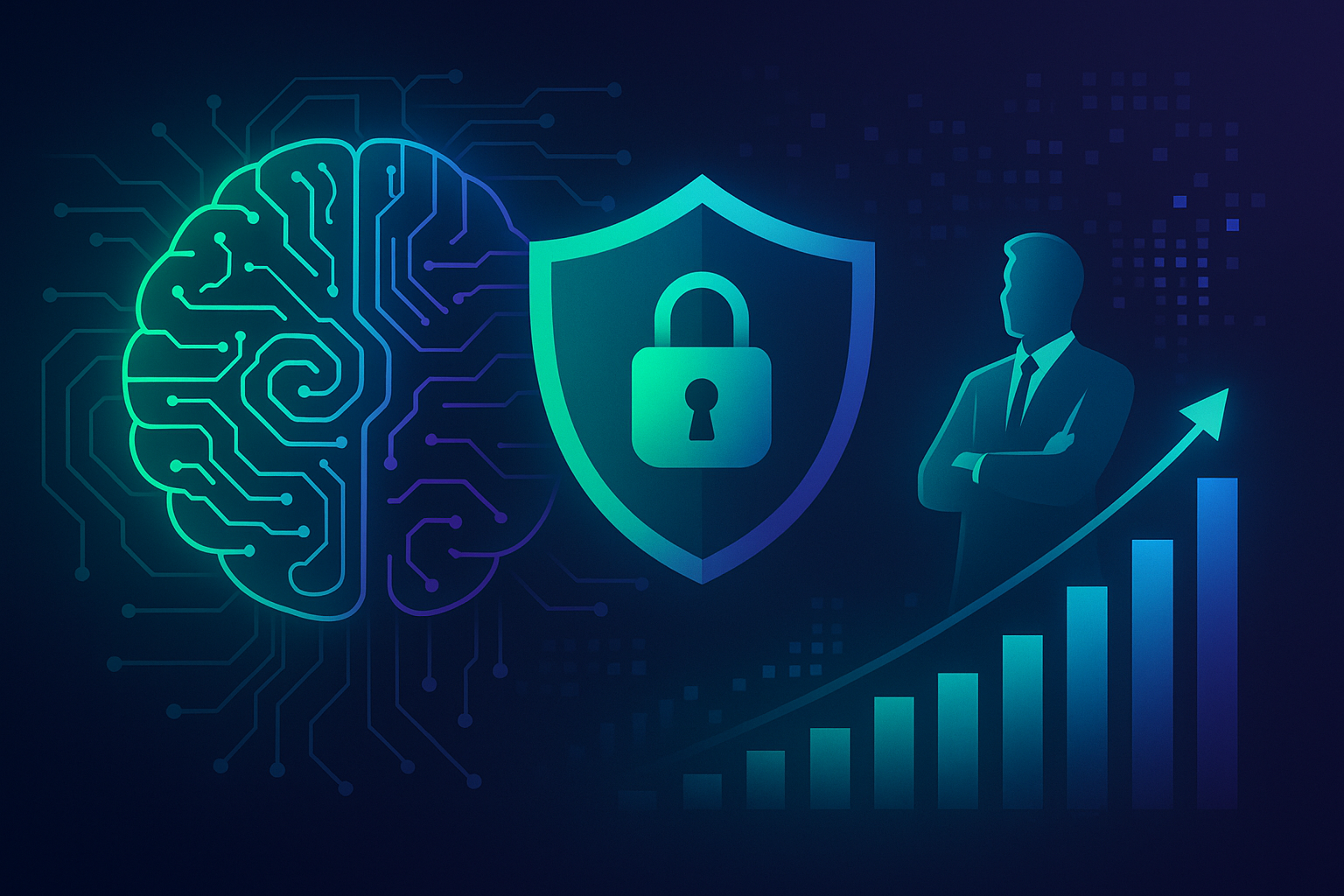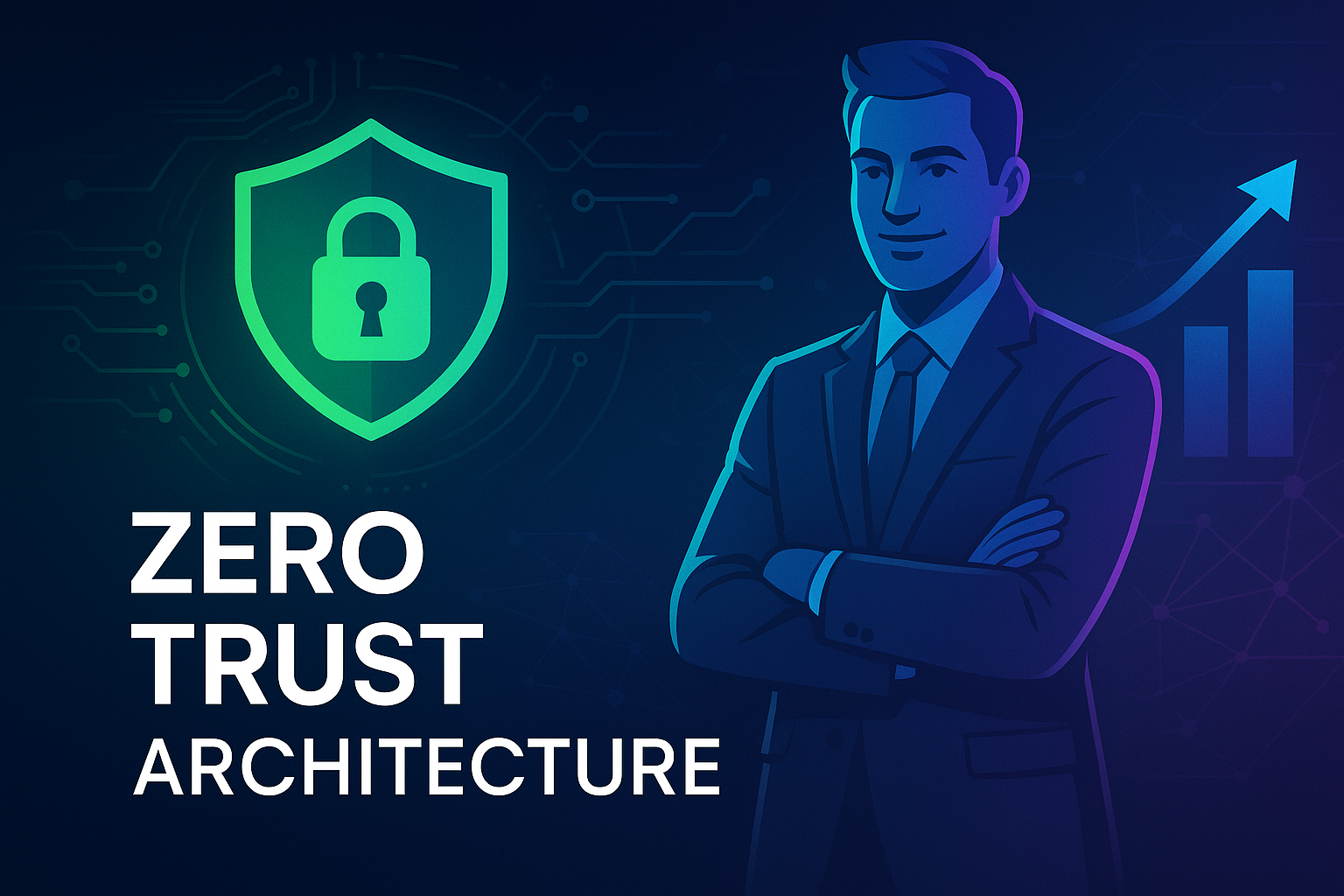Understanding the Implications of Exposed Tokens in GitHub Repositories
In an era where cybersecurity threats are becoming increasingly sophisticated, the recent findings by Unit 42, which reveal the widespread exposure of sensitive tokens and credentials in GitHub repositories, underscore a critical vulnerability in software development practices. This article delves into the specifics of the report, explores the broader implications for businesses globally, particularly in Spain and the EU, and provides actionable insights on mitigating such risks.
The Scope of the Issue
Unit 42, the threat intelligence team at Palo Alto Networks, has uncovered a significant number of exposed credentials on GitHub repositories. The analysis indicated that sensitive information, including API keys, tokens, and certificates, are often inadvertently left in public repositories by developers. This exposure poses severe security risks, as unauthorized access to these credentials can lead to data breaches, service disruptions, and other cyber threats.
Understanding Exposed Artefacts
Exposed artefacts refer to data such as API keys, tokens, and other credentials that are not meant to be public and should be securely managed. These artefacts can provide cyber criminals direct access to databases, cloud services, and other critical systems. The inadvertent exposure of these artefacts typically occurs due to oversight during the development process, where developers either forget to remove these sensitive pieces of information before pushing their code to public repositories or mistakenly push them to public instead of private repositories.
Consequences of Exposed Tokens
The immediate and most obvious risk associated with exposed tokens is unauthorized access. Attackers can use these tokens to access and exploit various services, potentially leading to:
- Data theft or data breaches
- Service disruptions
- Unauthorized financial transactions
- Phishing and social engineering attacks
- Escalation of privileges within a network
One notable case that highlights the gravity of this issue involved Uber, where attackers accessed sensitive data through exposed AWS tokens, resulting in a significant data breach.
Mitigating Risks with Comprehensive Cybersecurity Solutions
Given the critical nature of this issue, it’s imperative for organizations to deploy robust cybersecurity measures to mitigate these risks. At HodeiTek, we offer comprehensive cybersecurity services that can help shield your organization from such vulnerabilities. Below, we outline some key services and how they relate to the issue of exposed tokens:
EDR, XDR, and MDR
Endpoint Detection and Response (EDR), Extended Detection and Response (XDR), and Managed Detection and Response (MDR) are crucial in identifying and mitigating threats at every endpoint within your network. By monitoring and analyzing endpoint activities continuously, these solutions can detect anomalies associated with the use of stolen tokens, thus preventing unauthorized access.
Benefits include:
- Continuous monitoring and detection of threats
- Rapid response to incidents
- Proactive threat hunting capabilities
Next Generation Firewall (NGFW)
Our Next Generation Firewall (NGFW) services offer advanced capabilities beyond traditional firewalls, such as application awareness and control, integrated intrusion prevention, and cloud-delivered threat intelligence. NGFW can prevent the exploitation of exposed tokens by blocking unauthorized access and detecting suspicious activities linked to compromised credentials.
Key benefits:
- Enhanced visibility and control over network traffic
- Advanced threat protection
- Automated security processes
Vulnerability Management as a Service (VMaaS)
Our VMaaS offering ensures regular scanning and assessment of your digital assets to identify and remediate vulnerabilities that may be exploited through exposed tokens. By keeping your systems and software updated and secure, VMaaS reduces the risk of token exposure and subsequent exploitation.
Advantages include:
- Comprehensive vulnerability assessment
- Timely updates and patch management
- Continuous risk assessment and mitigation
SOC as a Service (SOCaaS) 24×7
HodeiTek’s SOC as a Service delivers round-the-clock monitoring and incident response. Our security operations center (SOC) teams use advanced tools and intelligence to detect and respond to threats, including those arising from compromised tokens.
Advantages:
- 24×7 monitoring and alerting
- Expert threat analysis and response
- Real-time threat intelligence
Industrial SOC as a Service (SOCaaS) 24×7
Industrial environments face unique challenges, and our industrial SOCaaS caters explicitly to the needs of these sectors. By providing continuous monitoring and specialized threat intelligence, we help protect industrial systems from the repercussions of exposed tokens.
Key benefits include:
- Specialized monitoring for industrial environments
- Proactive threat detection and incident response
- Compliance with industry standards
Cyber Threat Intelligence (CTI)
HodeiTek’s CTI services provide deep insights into potential threats by analyzing a vast range of data sources. This intelligence helps in identifying the misuse of exposed tokens before it can cause significant damage.
Benefits include:
- Proactive threat analysis
- Enhanced situational awareness
- Informed decision-making based on actionable intelligence
Data Loss Prevention (DLP)
Our DLP solutions are designed to detect and prevent data breaches by monitoring, detecting, and blocking sensitive data from being exposed. This includes preventing the accidental exposure of tokens and other credentials in public repositories.
Key advantages:
- Protection against data leaks
- Policy enforcement and compliance monitoring
- Comprehensive data visibility
Web Application Firewall (WAF)
Our WAF service provides an additional layer of security for web applications by filtering and monitoring HTTP traffic between a web application and the Internet. By blocking malicious traffic that attempts to exploit known vulnerabilities, WAF helps in securing applications against unauthorized access using exposed tokens.
Key benefits:
- Protection against common web exploits
- Enhanced web application security
- Real-time threat detection and mitigation
Best Practices for Preventing Token Exposure
In addition to leveraging advanced security solutions, implementing the following best practices can help minimize the risk of exposing sensitive tokens:
- Code Reviews: Conduct regular code reviews to ensure no sensitive data is being pushed to public repositories.
- Environment Variables: Use environment variables to manage sensitive tokens instead of hardcoding them in the source code.
- Secrets Management: Implement robust secrets management solutions to store and manage tokens securely.
- Automated Scanning: Use automated tools to scan repositories for the presence of sensitive information before pushing changes.
- Access Controls: Restrict access to repositories and ensure that only authorized personnel can modify sensitive configurations.
Conclusion
The exposure of tokens and other credentials in GitHub repositories is a serious issue that requires immediate attention from organizations and developers alike. By understanding the risks and implementing comprehensive security measures, you can significantly reduce the threat landscape. HodeiTek offers a range of cybersecurity services designed to help you mitigate these risks effectively. Contact us today through our contact page to learn how we can help safeguard your organization against cybersecurity threats.
For more information on how to secure your digital assets and protect your organization from potential threats, visit our cybersecurity services page and explore our offerings in detail. Stay secure with HodeiTek, your trusted partner in cybersecurity.






